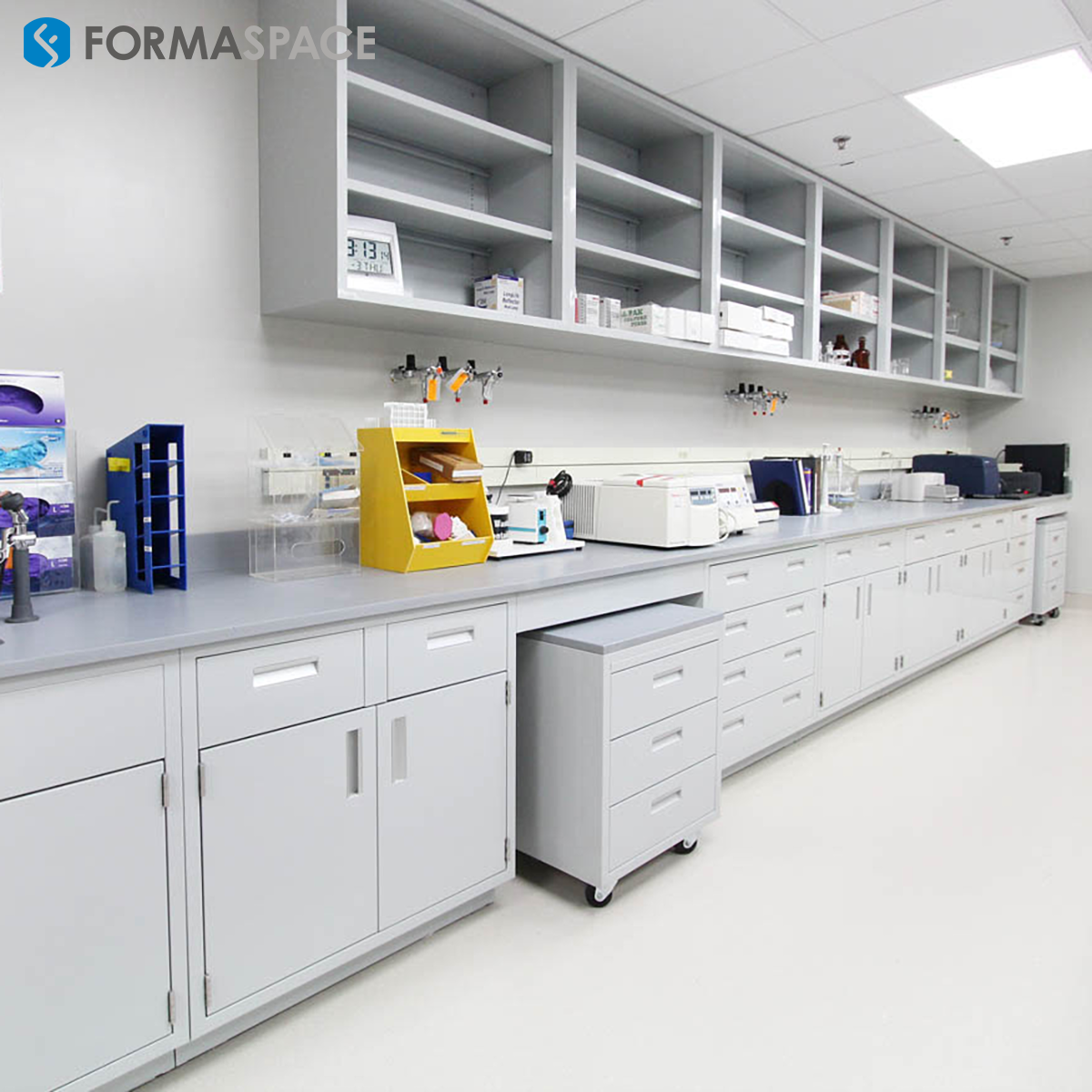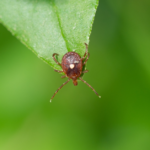There is increasing evidence that, as the old saying goes, “we are what we eat.” As a result, food testing labs are playing an increasingly visible role in protecting our food supply chain and helping to secure a sustainable food supply into the future.

Our Obsession with Fad Diets May Be Blinding Us to an Underlying Global Nutrition Crisis
Are you following a dietary plan to improve your health?
You’re not alone. Millions of Americans across the nation have changed their eating habits in the hope of living a longer, happier life or perhaps to save the planet by eating a more sustainable diet. Here are just a few of the current eating trends:
- Gluten-Free
- Clean Eating
- Keto Diet
- Paleo Diet
- Probiotics
- Vegan Diet
- CBD (cannabis) Infused Foods
- Mediterranean Diet
- DASH Diet
- Organic Foods
Trust Your Gut: Proper Nutrition is the Key to Better Health
Given all this interest in the foods we eat, we should be getting healthier, right?
Unfortunately, the answer is no.
The reality is that Americans are increasingly overweight and diabetes diagnosis rates are on the rise.
And it’s not just Americans are at risk.
According to a new study of the health effects of dietary risk in 195 countries, (funded by the Bill & Melinda Gates Foundation), there is a worldwide health crisis that is more dangerous to public health than any other risk, including smoking tobacco: poor diet.
“Our findings show that suboptimal diet is responsible for more deaths than any other risks globally, including tobacco smoking, highlighting the urgent need for improving human diet across nations. Although sodium, sugar, and fat have been the main focus of diet policy debate in the past two decades, our assessment shows that the leading dietary risk factors for mortality are diets high in sodium, low in whole grains, low in fruit, low in nuts and seeds, low in vegetables, and low in omega-3 fatty acids; each accounting for more than 2% of global deaths.”
— Excerpt from the study “Health effects of dietary risks in 195 countries, 1990–2017: a systematic analysis for the Global Burden of Disease Study 2017.”
When it comes to diet trends, we may have lost the plot.
Long-standing dietary advice, such as eating more green vegetables, fruits and whole grains along with increasing our intake of nuts may be the key to a healthier life.
Better eating habits may also improve our mental health as well. For some time now, researchers have been in the investigating how the enteric nervous system within the alimentary canal (colloquially speaking: our digestive “gut”) affects our mental well-being, with some scientists now referring to the gut as our body’s second brain.
Australian researcher Felice Jacka has been investigating how the foods that we eat can change our moods. In a recent trial, researchers found that following a healthier diet can reduce the incidence of depression by 30%.

New Role of Food Testing Labs: Beyond Food Safety
New scientific research into nutrition puts food testing laboratories in the spotlight.
Traditionally, food testing laboratories have played a front-line role in safeguarding our food supply and maintaining public health.
For example, we rely on these labs to ensure the safety of our food supply chain, both at the food growing source (the investigating water quality, soil condition, pesticide residue, bacterial contamination, etc.) as well as at all points within the food distribution system.
Food testing labs are also critical for investigating and identifying sources of foodborne illness outbreaks (such as the recent issues of contaminated spinach and romaine lettuce supplies) as well as conducting food safety tests during recall campaigns to ensure, for example, that all affected products that are removed from store shelves and restaurants.
The US Food and Drug Administration’s FDA Food Code stands at the top of the regulatory pyramid. Updated every four years, the Food Code provides technical and legal guidance for food standards at the federal, state, and local levels.
But, over time, the mandate for food testing labs has been expanding far beyond what was originally envisioned within the Food Code.
For example, large chain restaurants are now required to post the caloric content of their menu items so consumers can make more informed dietary choices.
Testing for the presence of food allergens is another example. An increasing number of people are at risk for an anaphylactic shock when exposed to certain kinds of foods, from peanuts red meat to certain kinds of seafood. As a result, food testing laboratories have been called on to certify food products as being nut-free or to identify the exact species of fish served at restaurants. (Mislabeled fish is an ongoing problem within the industry that can cause great harm to consumers allergic to certain species.)
Food Science: Inventing the Foods of the Future
Even bigger changes are on the horizon for food testing labs, as so-called designer foods, such as realistic meat substitutes for hamburgers, come onto the market.
Fast food giants Carl’s Jr., White Castle, and Burger King are leading the charge.
Carl’s Jr. has offered a vegetarian burger created by food supplier Beyond Meat at over 1000 outlets since January. Meanwhile, Redwood City-based Impossible Foods is supplying its vegetable-based “Impossible” burger at White Castle stores nationwide and testing marketing them at Burger King outlets in the St. Louis area. If the Burger King tests pan out, consumers will be able to buy meat substitute hamburgers at all of Burger King’s 7,200 locations nationwide.
Food scientists working at Impossible claim to have discovered how to re-create the distinctive taste of meat by using heme, an iron-rich protein.
What is the reason for the sudden race by Silicon Valley companies to create meat-free hamburger substitutes? Is this a case of quinoa-eating tree-huggers taking the wheel?
Apparently not. (In fact, an unfortunate characteristic of these meat substitutes is that they contain what many would consider an unhealthy amount of sodium, although Burger King claims that their non-meat hamburgers have 50% less fat and 90% less cholesterol.)
Instead, the underlying business case for inventing new foods is based on concerns about long-term sustainability in the food supply chain.
There is concern that climate change will have long term negative impacts on food production at a time when worldwide consumption rates are projected to go up significantly. Advocates of food sustainability point to severe droughts in Texas earlier this decade (which forced many ranchers to sell off their cattle) and this spring’s unprecedented flooding in the upper Midwest as examples of how changing climate can wreak havoc on cattle production and other crops.
Indeed, we may be entering uncharted territory. Scientists are concerned that increasing levels of carbon dioxide could change the nutrition levels in the foods we eat by reducing the amount of protein, zinc, and iron.
Yet the world’s population isn’t getting any smaller, at least not yet. Unfortunately, we can’t say the same for the world species as a hungry world is putting increased pressure on the environment. From increased demand for milk to overfishing threatened species, we may need to change what we eat to ensure we have enough to eat.
Food Testing Labs in Action: The DoD’s Food Analysis and Diagnostic Laboratory (FADL)
Given these important changes in the food supply, food testing laboratories are becoming more important than ever.
Let’s take a look at the largest food testing laboratory in the USA, the Food Analysis and Diagnostic Laboratory (FADL) operated by the Department of Defense (DoD) at Fort Sam Houston in San Antonio, Texas.
Formaspace built this laboratory under the direction of the Army Corps of Engineers (ACE); it features a modern, spacious interior design for performing food safety testing and zoonotic disease monitoring on behalf of our military armed services personnel.

FADL provides microbiological, chemical and toxicological tests of the food supply chain to ensure the health of DoD personnel and others. On average about 4,000 food samples are tested in the laboratory each year.

FADL provides occupational health surveillance, as well as a Cholinesterase reference library to support the safety and security control measures outlined in the DoD Chemical Surety Program. This program is designed to ensure that people and the environment are protected in chemical agent operations.

Formaspace is Your Food Testing Laboratory Partner

Formaspace designs and manufactures unique, made-in-America furniture solutions for laboratories – from ideation to installation.
If you can imagine it, we can build it.
As a GSA Schedule Supplier, Formaspace helps laboratory clients build or upgrade laboratories across nearly every industry, from government, military, and commercial entities, including well-known companies, such as Roche, Schlumberger, and Antech Diagnostics, to educational and research facilities. (We count more than 350 colleges and universities among our customers, including nearly all the Ivy League institutions.)
We’re ready to help you next.
Whether you are designing a new facility or renovating an existing laboratory, our Formaspace Design Consultants have years of experience helping lab managers and architects create state-of-the-art laboratory facilities.
Take advantage of our expertise. Contact your Formaspace Design Consultant today.












